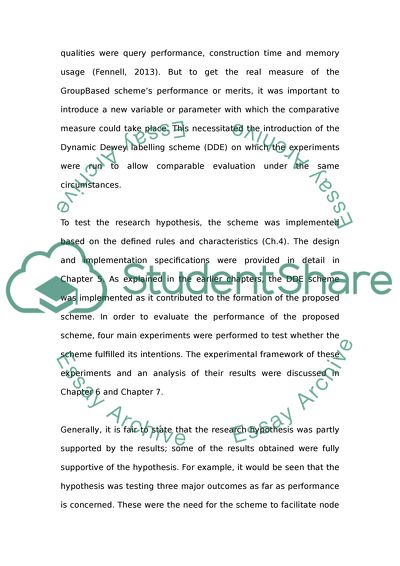Cite this document
(“Scheme Evaluation & Future direction Essay Example | Topics and Well Written Essays - 1750 words”, n.d.)
Retrieved from https://studentshare.org/information-technology/1661864-scheme-evaluation-future-direction
Retrieved from https://studentshare.org/information-technology/1661864-scheme-evaluation-future-direction
(Scheme Evaluation & Future Direction Essay Example | Topics and Well Written Essays - 1750 Words)
https://studentshare.org/information-technology/1661864-scheme-evaluation-future-direction.
https://studentshare.org/information-technology/1661864-scheme-evaluation-future-direction.
“Scheme Evaluation & Future Direction Essay Example | Topics and Well Written Essays - 1750 Words”, n.d. https://studentshare.org/information-technology/1661864-scheme-evaluation-future-direction.


